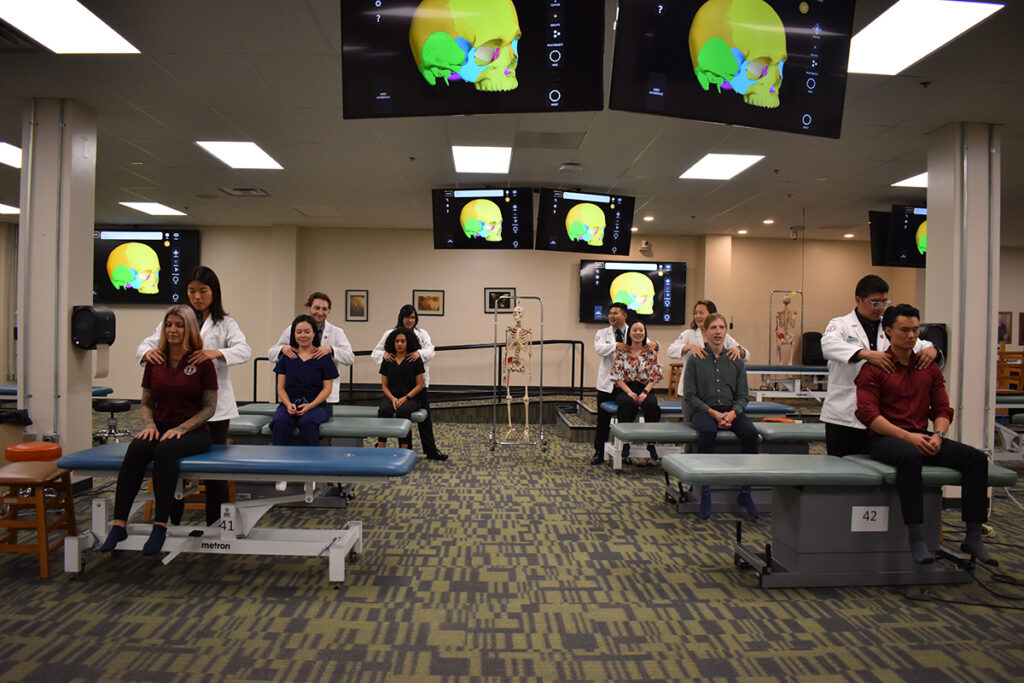
In response to a health care system increasingly focused on the health of populations as well as its individuals, US osteopathic and allopathic medical schools have begun to change the way future physicians are educated. Even prior to the COVID-19 pandemic, there has been a growing recognition that a medical degree alone will not be enough to make an impact in the 21st century — physicians will also need formal education in public health. That is, a Master of Public Health (MPH) degree. The MPH is the internationally recognized degree in the field. MPH programs train graduate students to become “public health practitioners” who work in government, non-profits, or in industry, and in collaboration with communities to implement and evaluate public health programs as well as to help raise public awareness of best health care practices. This convergence of the fields of public health and medicine is population health science. The addition of the MPH to a medical degree allows physicians to take their education one step further to integrate into their thinking and practice the myriad upstream macrosocial factors that drive much of the health and disease reflected in people and populations downstream.
While there are first-year medical students who have come to school with the MPH in hand, most have not. But that is changing. A 2021 study in Public Health Reports found that the number of medical students pursuing a concurrent MD/MPH or DO/MPH degree increased more than 4-fold between 2010 and 2018. Furthermore, the shift within osteopathic medical colleges has been even more pronounced. In 2023, the American Association of Colleges of Osteopathic Medicine published its Annual Osteopathic Medical School Questionnaire (Annual Survey) that tracked student enrollment in DO/MPH dual degree programs offered in partnership with either their parent universities or other affiliated institutions. According to the Annual Survey, DO/MPH enrollment expanded from just two programs with a combined 17 students in 2009 to 14 programs with a total of 201 students in 2021 — a 12-fold increase! Pursuing a DO/MPH dual degree makes a lot of sense for anyone looking to practice medicine with a holistic understanding of health and disease in context. Moreover, it has become increasingly evident that DO/MPH graduates make strong candidates for any residency program by bringing unique population health skills to their academic health care systems.
However, enrolling in a full-time MPH program typically demands completion of coursework within two years. As a result, most dual-degree students have been required to extend their medical studies from four to five years. In fact, many dual degree programs insist that students take a gap year sometime in medical school to complete a large chunk of their public health coursework. This poses a daunting and often impractical challenge for most medical students! To address the growing demand for physicians as “population health scientists” and to make the MPH more accessible to medical students, the Department of Population Health Science at WesternU/COMP and the School of Community and Global Health at Claremont Graduate University (CGU) designed a unique DO/MPH dual degree program. In it, COMP students can enroll in online MPH courses at CGU as early as Year One of medical school, and then complete both degrees concurrently over the next four years without the need for a gap year. Moreover, to mitigate the added financial burden of pursuing two graduate degrees concurrently, CGU exclusively provides a 30% fellowship discount off their regular tuition for all COMP and COMP-NW students enrolled in the DO/MPH dual degree program.
The coordinated curriculum mapping and overall inter-institutional programmatic development took months of collaboration and, by fall 2021, the charter DO/MPH cohort launched with nine first year and five second-year COMP students. The following year, the second cohort consisting of 14 students was enrolled. These first two cohorts reflect a diverse regional and national cross-section. Seventy-five percent are California residents, 72% are women, and over half self-reported their racial or ethnic origins as Asian, Native Hawaiian/Pacific Islander, Native American, or Hispanic. The students also represent 22 different undergraduate majors. Such diversity across the cohorts extends to individual MPH concentrations of interest as well. Forty-seven percent of students are pursuing Health Promotion, Evaluation and Education, 36% chose Leadership and Management, and 17% are in Applied Biostatistics and Epidemiology.
Meanwhile, there is a groundswell of interest in population health science among incoming COMP and COMP-NW students. Recent annual admissions surveys indicate that one in three admitted students are interested in learning more about the program. And this past August 2023, the third cohort enrolled 23 students, bringing total enrollment to 51. In May 2024, five students will be the first to graduate from the DO/MPH dual degree program from WesternU and CGU. Indeed, these sister universities stand poised to educate and produce an expanding group of alumni steeped in the theory and application of population health science.


